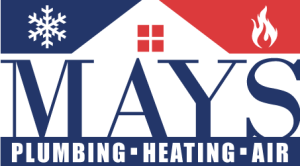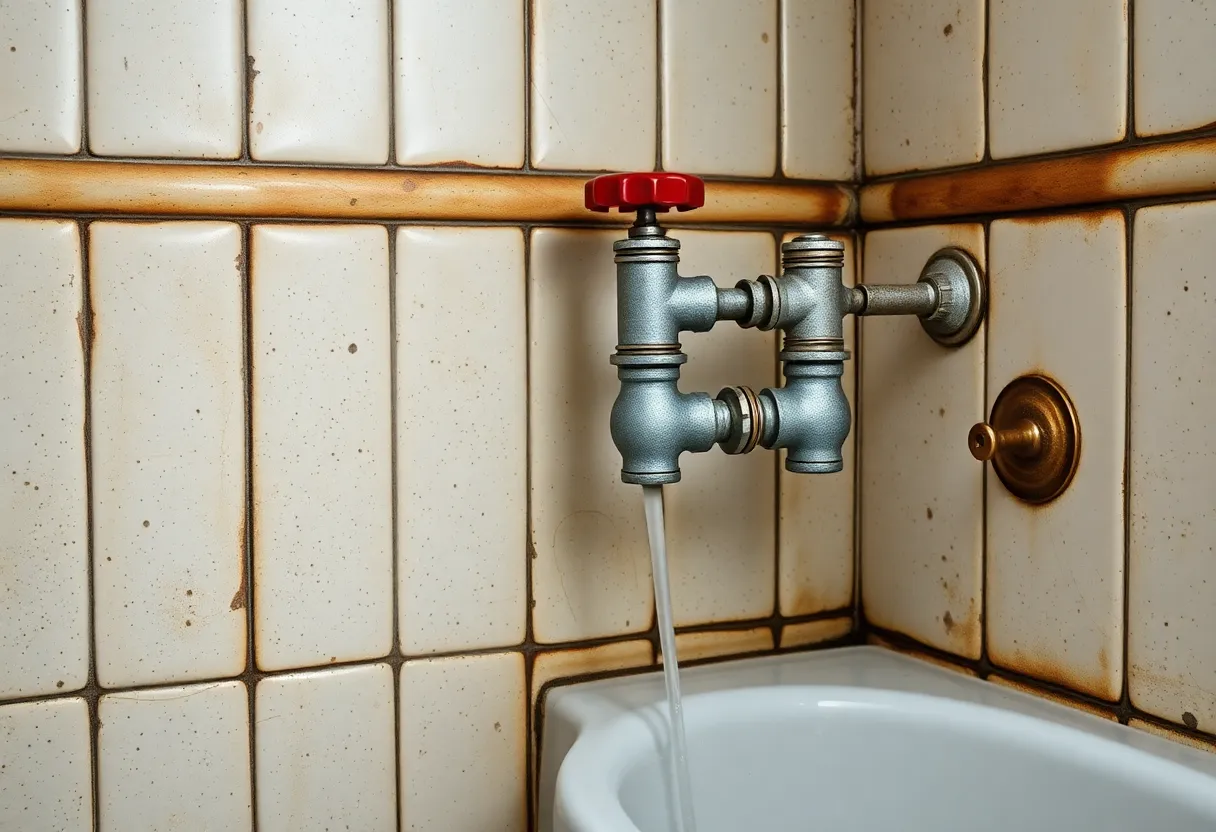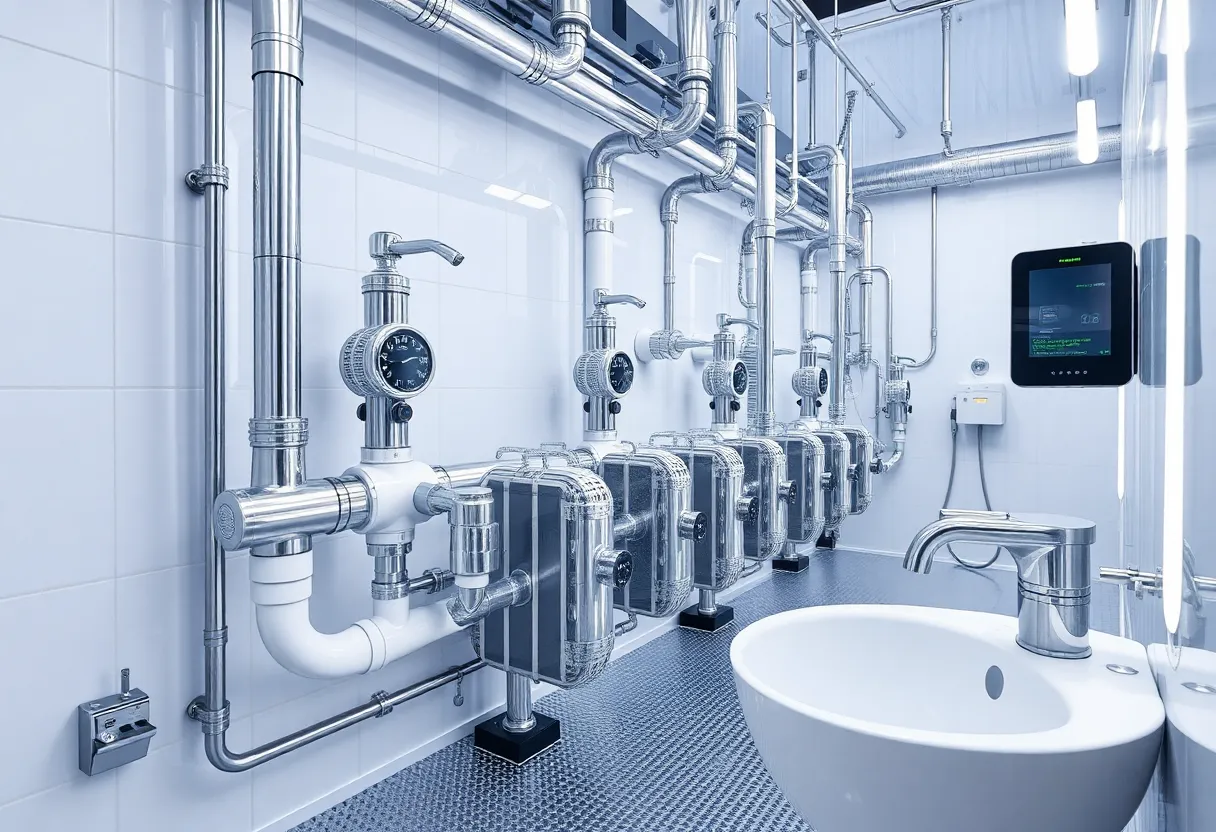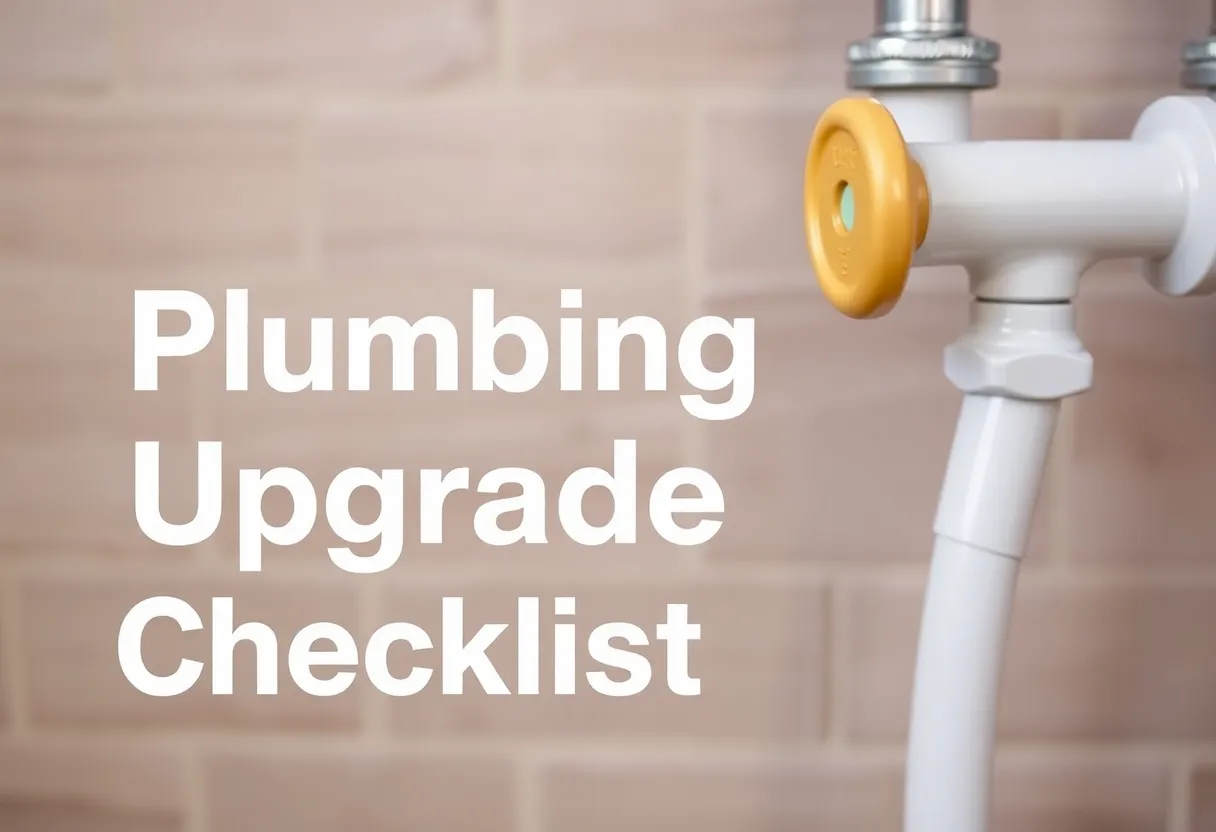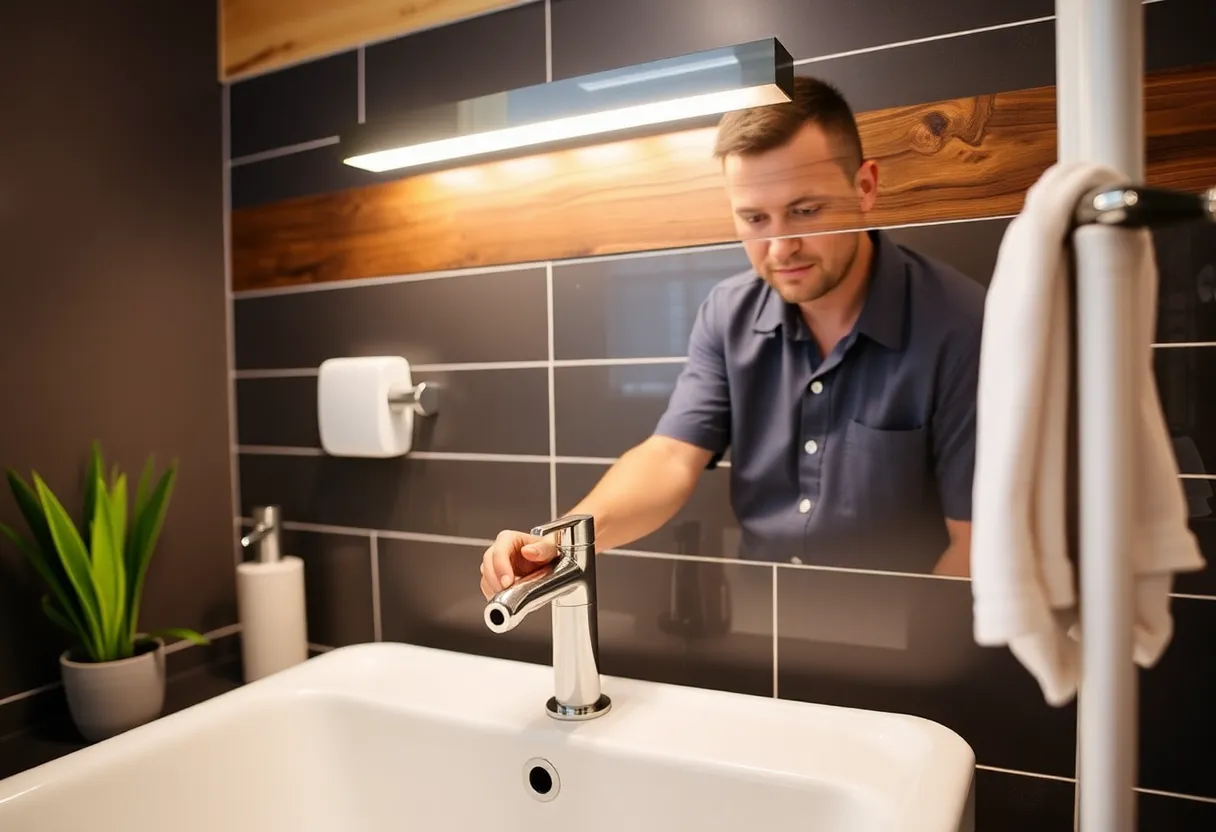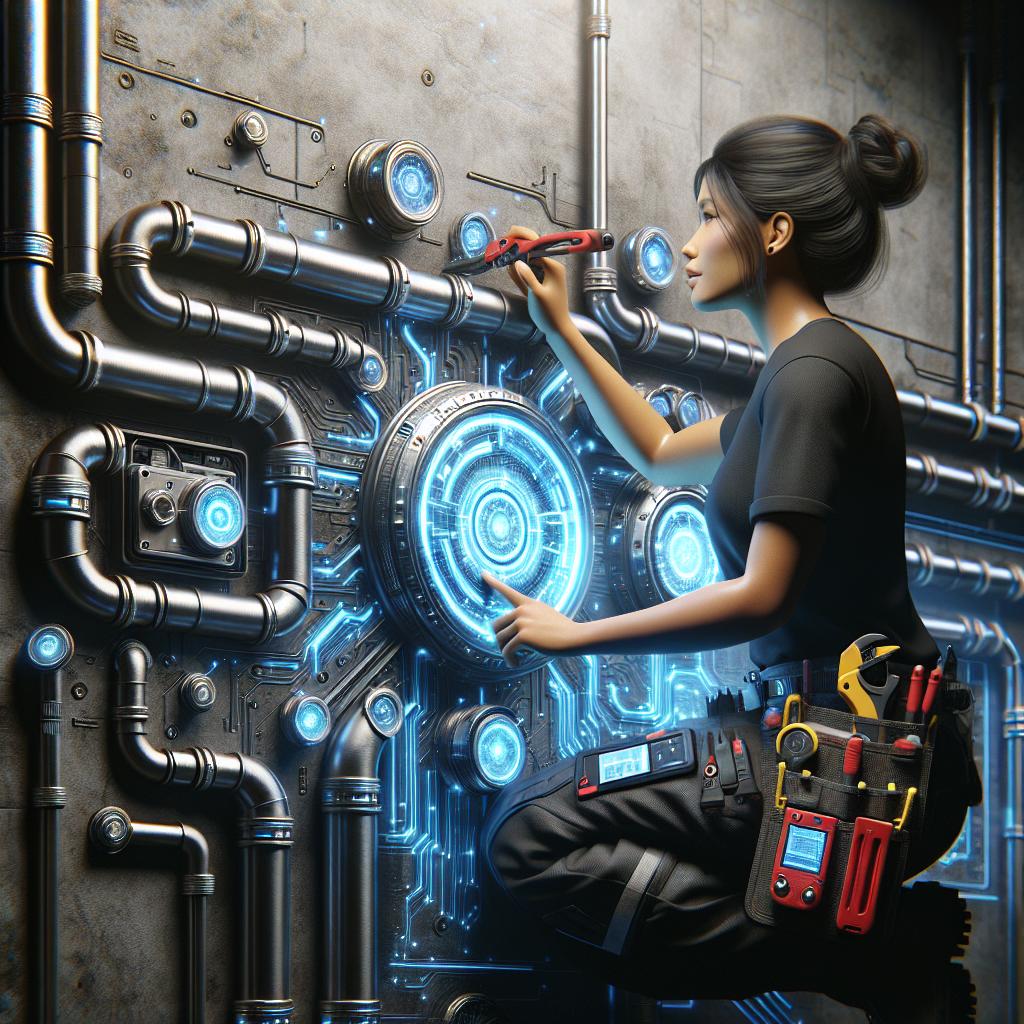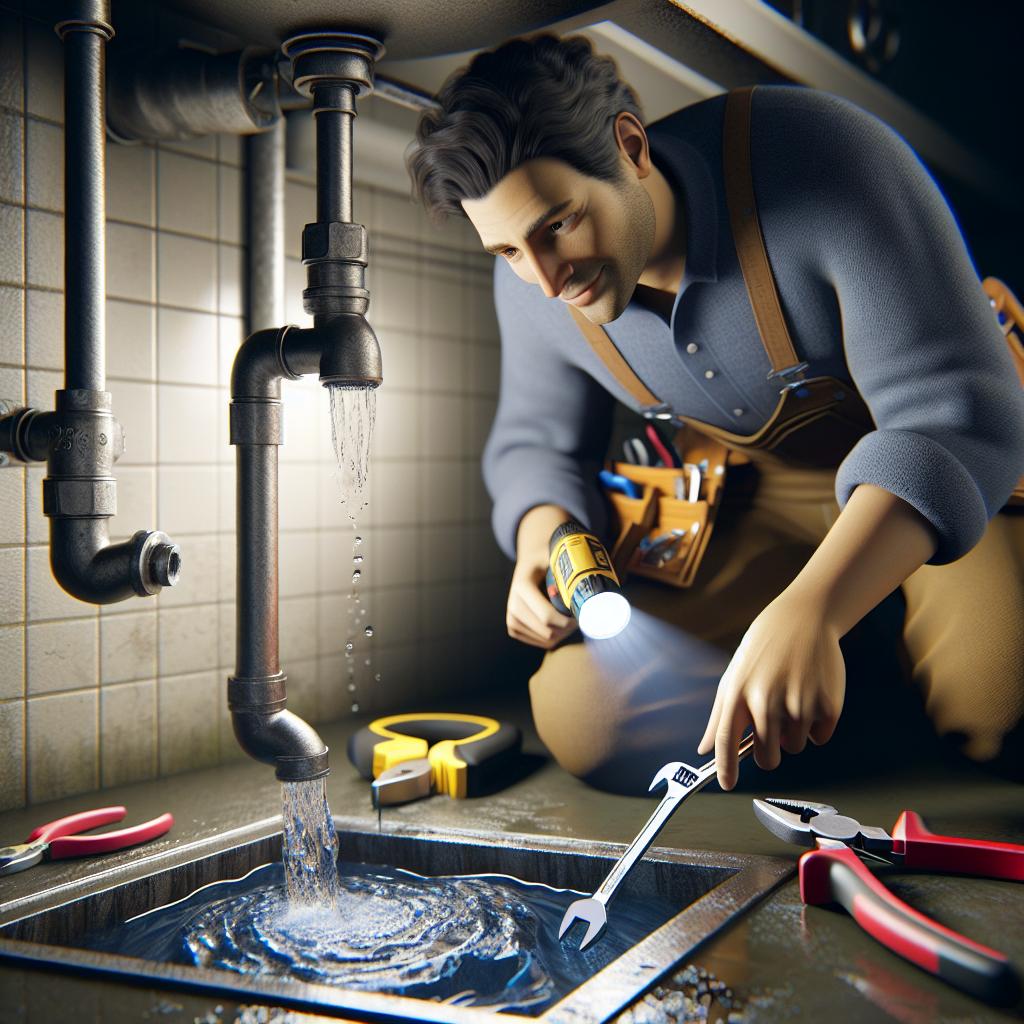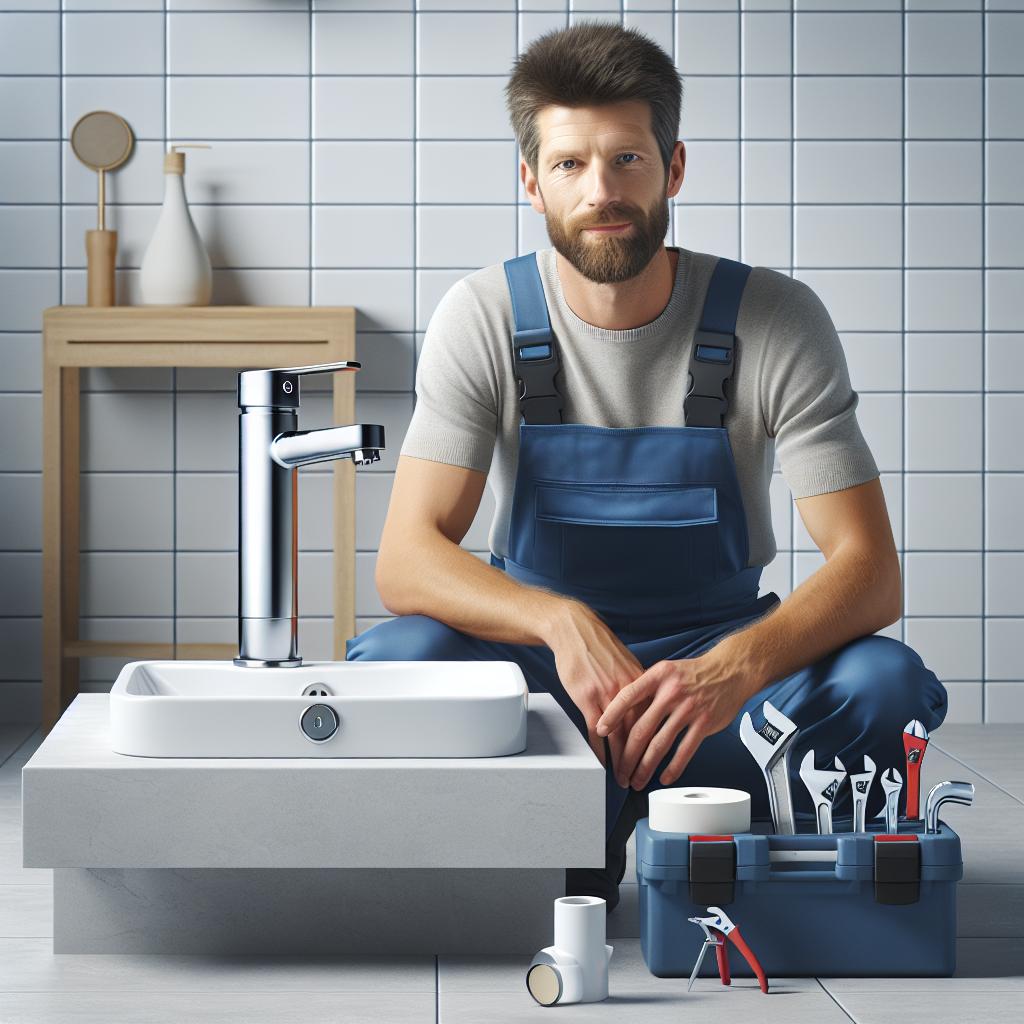The Plumbing Time Machine: 7 Vintage Techniques You Can Use Today for Modern Efficiency
The realm of plumbing has evolved dramatically over the years, from the simple methods used in ancient civilizations to the advanced technologies employed in modern homes today. However, some of the techniques that were established in the past can offer valuable insights and applications for contemporary plumbing challenges. In this article, we will delve into _seven vintage plumbing techniques_ that can be effectively integrated into modern systems, resulting in improved efficiency, sustainability, and cost savings.
1. The S-Trap: A Classic Solution to Prevent Odors
One of the oldest plumbing designs still in use today is the _S-trap_. Originally designed to prevent sewer gases from entering living spaces, the S-trap uses water as a barrier. How does it work? When water flows through the S-trap, it collects at a bend in the pipe, creating a seal. This simple yet effective design minimizes the risk of odors escaping.
Modern plumbing often uses P-traps, which serve a similar purpose, but the S-trap is effective in certain localized environments. By ensuring that the S-trap is properly maintained and filled with water, homeowners can enhance their plumbing system’s efficiency while utilizing a tried-and-true method that has withstood the test of time.
Key Benefits of the S-Trap:
- Prevents unpleasant odors due to a water seal.
- Cost-effective as it requires less complex materials.
- Easy to clean and maintain.
2. Gravity-Driven Drainage Systems: Simple Yet Effective
Before the advent of powerful pumps and advanced systems, _gravity-driven drainage_ was the only method available for transporting wastewater. By leveraging the natural force of gravity, these systems were designed to move water downhill efficiently. This principle can still be applied in modern construction, particularly in rural or less developed areas where pump systems are impractical or costly.
Implementing a gravity drainage system in your property can help reduce energy consumption and reliance on mechanical systems, leading to long-term savings. Ensuring that your property has the right slope and drainage channels can provide effective wastewater management without the need for complex technology.
Benefits of Gravity-Driven Drainage:
- Reduces energy use by eliminating the need for electric pumps.
- Low maintenance compared to mechanical systems.
- Environmentally friendly as it uses natural gravitational force.
3. Rainwater Harvesting: A Time-Honored Technique for Sustainability
The practice of _rainwater harvesting_ dates back thousands of years and involves collecting and storing rainwater for future use. Historically, this technique was vital for communities relying on seasonal rainfall. Today, it can increase sustainability, reduce water bills, and support drought resilience.
Modern rainwater harvesting systems can be designed to filter and store rainwater effectively, making it suitable for irrigation, flushing toilets, or even potable uses when adequately treated. Implementing these systems in urban areas can help lower the demand on municipal water supplies.
Advantages of Rainwater Harvesting:
- Conserves municipal water resources.
- Reduces stormwater runoff and pollution.
- Can lower water bills significantly.
4. The Use of Clay Pipes: A Durable Option
In the past, many homes had plumbing made from _clay pipes_, which were lauded for their durability and resistance to corrosion. Although clay is less common in contemporary plumbing due to the rise of PVC and other synthetic materials, its effectiveness and longevity cannot be overlooked.
Clay pipes are remarkably resistant to chemical damage and maintain structural integrity for decades. Homeowners interested in maximizing the lifespan of their plumbing can incorporate clay or clay-style alternatives in specific installations, particularly for outdoor drainage or garden water systems.
Benefits of Clay Pipes:
- High resistance to corrosive chemicals and environmental elements.
- Longevity and reduced need for replacements.
- Environmentally friendly, as they are naturally sourced.
5. Insulation of Pipes: A Vintage Efficiency Technique
Before modern heating systems, many homeowners utilized _pipe insulation_ to conserve heat and protect pipes from freezing. Insulating both cold and hot water pipes is now recognized as a means of increasing energy efficiency and preventing any unnecessary energy loss.
The insulation of pipes can significantly reduce heat transfer, ensuring that hot water remains hot and cold water stays cold throughout the system. This efficiency can save homeowners on energy bills and prevent energy waste—a simple yet highly effective vintage technique that remains relevant today.
Best Practices for Pipe Insulation:
- Use foam or fiberglass insulation on exposed pipes.
- Seal any gaps or cracks in the plumbing system.
- Consider insulating your water heater to further enhance efficiency.
6. Manual Water Wells: A Sustainable Water Source
Before the widespread availability of municipal water supply systems, communities often relied on _manual water wells_ for their water needs. While modern technology has expanded on this idea with electric pumps and high-capacity systems, the simplicity and effectiveness of manually drawing water remains an excellent solution for low-water areas.
By restoring a manual well system, homeowners can access a reliable and sustainable water source. This vintage approach contributes to self-sufficiency and offers significant savings on water costs, particularly in areas prone to drought.
Advantages of Manual Water Wells:
- Self-sufficient water source.
- Cost-effective, reducing reliance on municipal water supply.
- Environmentally friendly, utilizing groundwater without pumping costs.
7. Traditional Septic Systems: Nature’s Waste Management
Finally, _traditional septic systems_ are an age-old method for handling waste. While modern innovations may lead to advanced sewage treatment systems, traditional systems can still outperform in specific scenarios—especially in rural settings with limited access to sewer lines.
A properly maintained septic system can provide a long-term waste management solution with minimal environmental impact. Homeowners can benefit from the simplicity and reliability of these systems while also ensuring that they are correctly designed and monitored for efficiency.
Benefits of Traditional Septic Systems:
- Cost-effective installation and maintenance.
- Suitable for areas without access to municipal sewage systems.
- Environmentally friendly, using natural filtration processes.
Conclusion: Embracing the Old for New Plumbing Efficiency
The plumbing world has transformed over centuries, but many _vintage techniques_ provide tried-and-tested methods that can elevate both modern efficiency and sustainability. By integrating these past practices into contemporary plumbing systems, homeowners can enjoy cost savings, increased durability, and a lower environmental footprint. Plumbing may have evolved, but that doesn’t mean we can’t learn from the past. Investing time in these old-world techniques can pay dividends in modern homes.
Exploring old plumbing practices offers unique solutions for today’s challenges. So why not hop into the plumbing time machine and revitalize your home’s plumbing system with these historical methods? You may be pleasantly surprised by the results!



